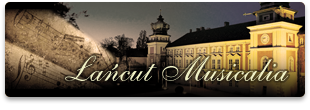Castle’s History
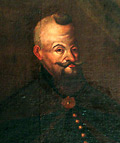
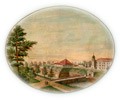
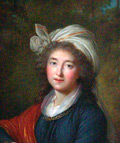
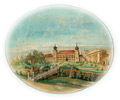
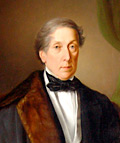
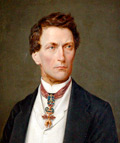
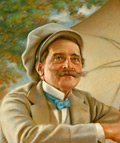
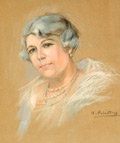
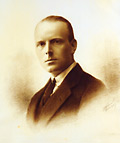
The history of Łańcut stretches back to the early Middle Ages, founded as a town in 1349 under King Casmir the Great. The major landowning families in Łańcut were, successively, the Pilecki’s, Stadnicki’s, Lubomirski’s and the Potocki’s (more history of the town on website: www.lancut.pl).
The first residence of the “Łańcut dukes” was located on a hill in the northern part of the town. The present castle was built for Stanisław Lubomirski in 1629 - 1642. At that time it was a modern, “palazzo in forteza” type of residence, consisting of living quarter with donjons at the corners, surrounded by bastion fortifications. The builders included Maciej Trapola, Krzysztof Mieroszewski, Tylman from Gameren and Giovanni Battista Falconi.
In the second half of the 18th century, the then current owner of Łańcut, Izabela Lubomirska of the Czartoryski family, converted the fortress into palace-park complex. She employed outstanding artists such as Szymon Bogumił Zug, Jan Christian Kamsetzer, Christian Piotr Aigner, Fryderyk Bauman and Vincenzo Brenna.
The most important changes were made to the layout and equipment of the castle, adapting them to the needs of the fashion of the times. The palace was filled with excellent works of art. In the 1870s, work started to create the park surrounding the castle. After levelling the embankments and re-aligning the road surrounding the moat, lime-trees were planted out creating an avenue.
At the end of 18th century, Łańcut was one of the greatest residences in Poland. It featured an active musical and theatrical life, with many famous guests staying. In 1816, after Princess Izabela Lubomirska’s death, the whole estate became a property of her grandson Alfred Potocki the First, who in 1830 created electoral law in Łańcut.
His son, Alfred Józef the Second, was tightly connected with the ruling house of Habsburgs. He rarely visited Łańcut, and so the castle together with the park fell into disuse.
After Alfred the Second’s death, Łańcut moved into Roman Potocki’s hands, who together with his wife, Elżbieta from the Radziwiłł family, returned it to its former splendour.
From 1889 to 1911, the castle was renovated and reconstructed, the works led by French architect Armand Beaugue and Italian draughtsman Albert Pio.
The reconstruction included all floors, and water supply, sewerage and electrical systems were installed throughout the castle. Most of the present interiors were created at that time. The elevations were converted into French neo-baroque style. Works in the park started in 1890 and continued for 14 years. It was twice enlarged and surrounded fenced in. An Italian garden was created near eastern side of the castle, while a rose garden was arranged on the southern side of the Orangery.
After this thorough reconstruction and modernisation, the Łańcut palace-park complex became one of the most luxurious residences in the continental Europe, and archdukes such Rudolf and Frank Ferdinand were frequent guests. The residence was visited by many representatives of famous aristocratic dynasties and famous diplomats. At the beginning of 20th century Łańcut electoral law was in fifth place, in respect of its area, in Poland.
The next Lord of the Manor in Łańcut, from 1915, was Alfred Potocki the Third. In 1920s the central heating was modernized, and a bathing suite installed in underground rooms. Łańcut Castle became a place for social meetings. The castle was visited by representatives of royal dynasties, Polish and foreign aristocracy and politicians. These included Rumanian King Ferdinand together with his wife, and George the Duke of Kent. In 1944 Potocki had to leave Łańcut. He settled in Switzerland, where he died in 1958.












